[vc_row][vc_column][vc_column_text]Simultaneous heatwaves and droughts are becoming increasingly common in western parts of the United States, according to a new study led by McGill University researchers. Periods of dry and hot weather, which can make wildfires more likely, are becoming larger, more intense, and more frequent because of climate change.
In a study published by Science Advances, the researchers analyzed heat and drought events across the contiguous United States over the past 122 years. They found that combined dry and hot events have increased in frequency and size geographically. Where such events were once confined to small parts of the United States, now they cover whole regions, such as the entire west coast and parts of the Northeast and Southeast.
You can read more : Polar bear population will collapse
“Dry-hot events can cause large fires. Add wind and a source of ignition, which results in ‘mega-fires’ like the 2020 fires across the west coast of the United States. Drought and record-breaking heatwaves, coupled with a storm that brought strong winds and 12,000 lightning events in a span of 72 hours, caused more than 500 wildfires,” says lead author Mohammad Reza Alizadeh, a Ph.D. student under the supervision of Professor Jan Adamowski in the Department of Bioresource Engineering at McGill University.
The researchers also found that dry and hot weather events intensify, with longer periods of drought and higher temperatures. These dual “dry-hot extremes” are not only self-intensifying – more heat causes more drought and vice versa – but are also self-propagating, meaning they can move from region to region. “As increased temperatures are driving and expanding aridity, droughts and heatwaves move from one region to downwind regions,” says Alizadeh. These extremes can be particularly damaging for agricultural production and ecosystems, they warn.[/vc_column_text][/vc_column][/vc_row][vc_row][vc_column][vc_single_image image=”1781″ img_size=”full” add_caption=”yes” alignment=”center” parallax_scroll=”no”][/vc_column][/vc_row][vc_row][vc_column][vc_column_text text_larger=”no”]According to the researchers, the trigger for these hot-dry events is shifting. Looking back at the catastrophic Dust Bowl of the 1930s, they explain that the dust storms were driven by a lack of rainfall coupled with poor land management practices. In recent decades, however, dry-hot disasters are driven more often by excess heat than a lack of rainfall.
The future will bring us more of these disasters, if the current warming trends continue, the researchers caution. They suggest their findings could be used to inform climate mitigation and adaptation efforts. “We need to understand how things are changing in order to adapt,” says Professor Jan Adamowski.
About the study
“A century of observations reveals increasing likelihood of continental-scale compound dry-hot extremes” by Mohammad Reza Alizadeh, Jan Adamowski, Mohammad Reza Nikoo, Amir AghaKouchak, Philip Dennison, and Mojtaba Sadegh is published in Science Advances.
DOI: https://doi.org/10.1126/sciadv.aaz4571
Article McGill University Canada[/vc_column_text][/vc_column][/vc_row]

Periodismo Ambiental independiente con propósito de servicio.

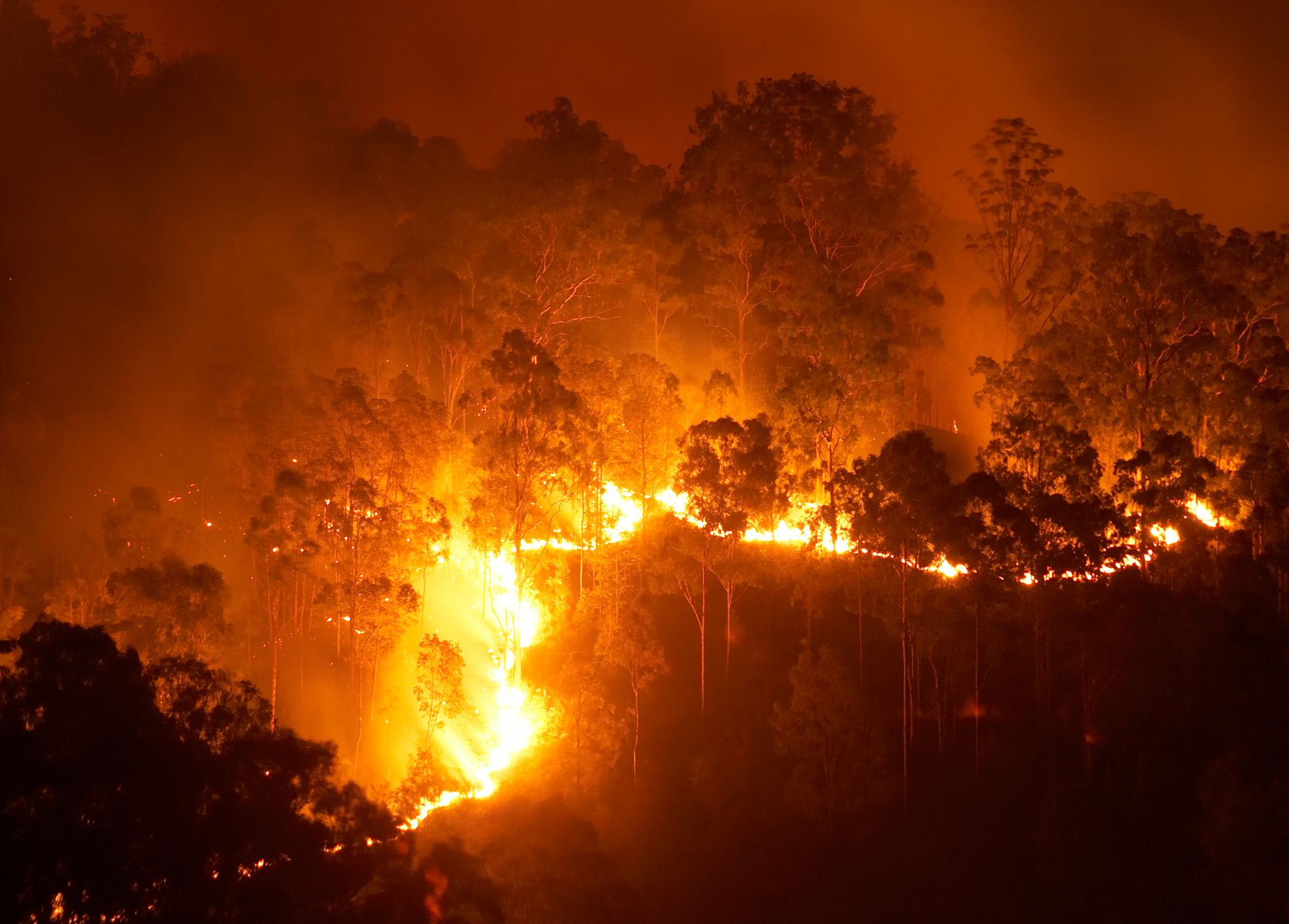


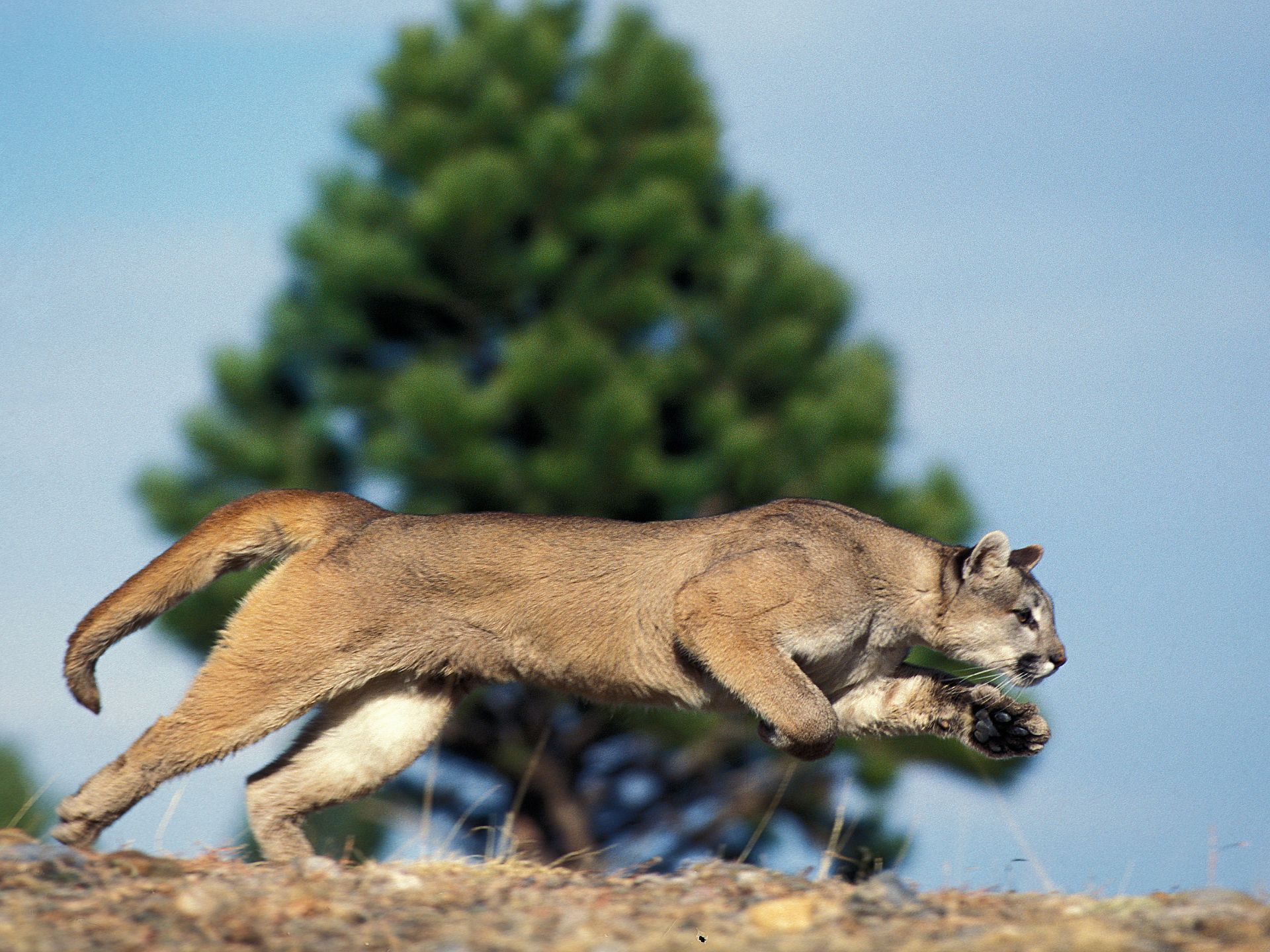
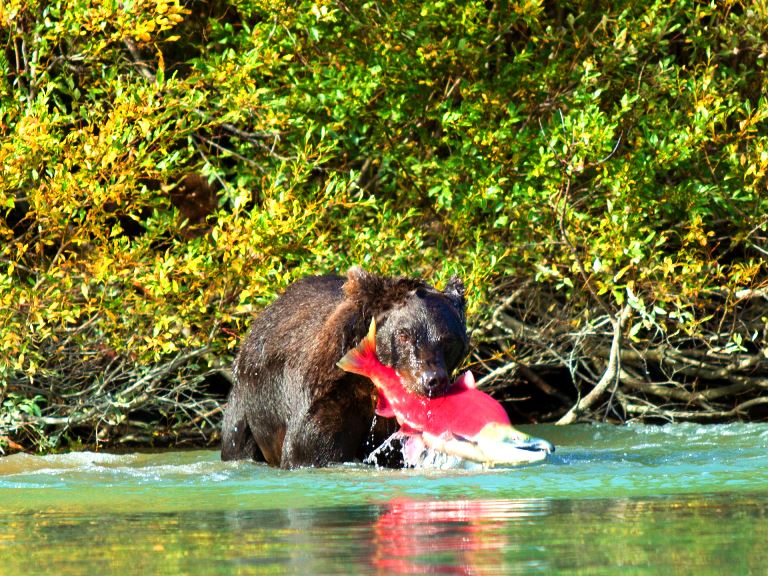
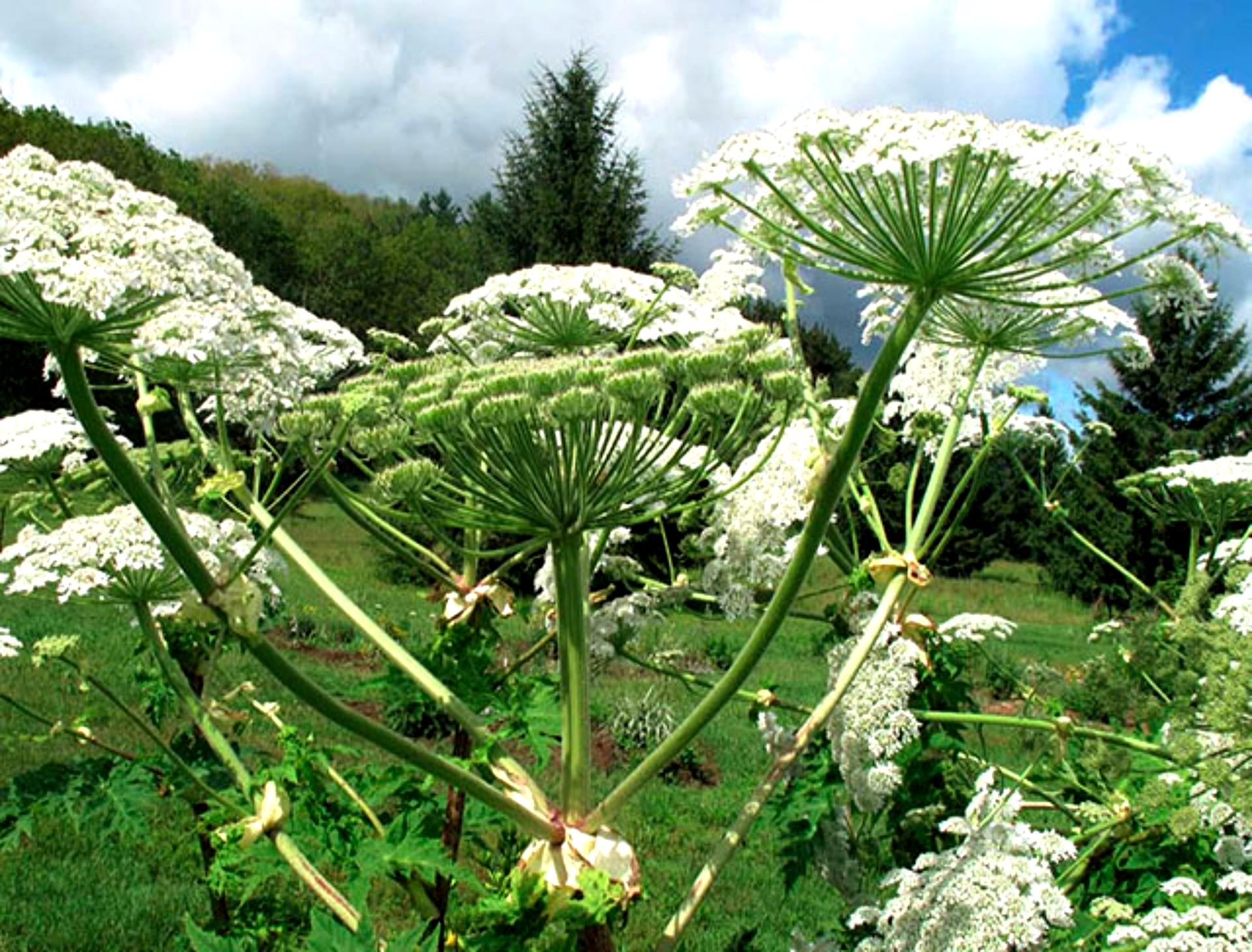
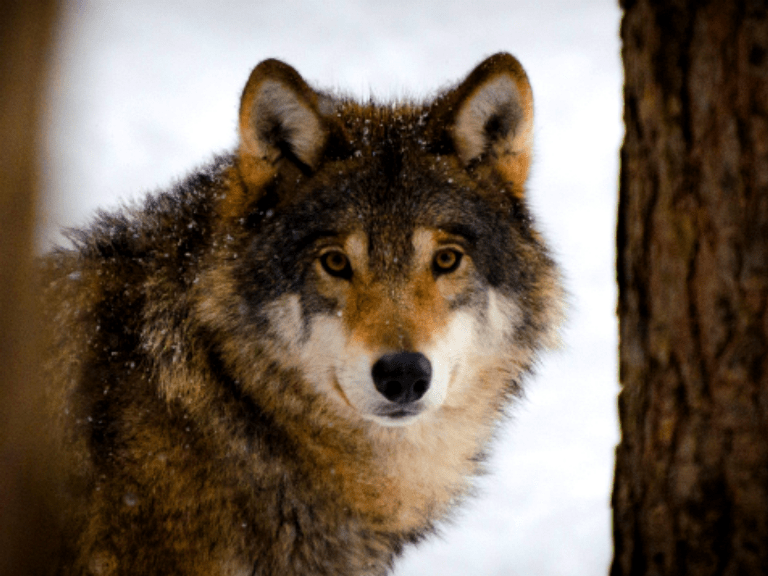
One thought on “Droughts and fires will be more frequent”